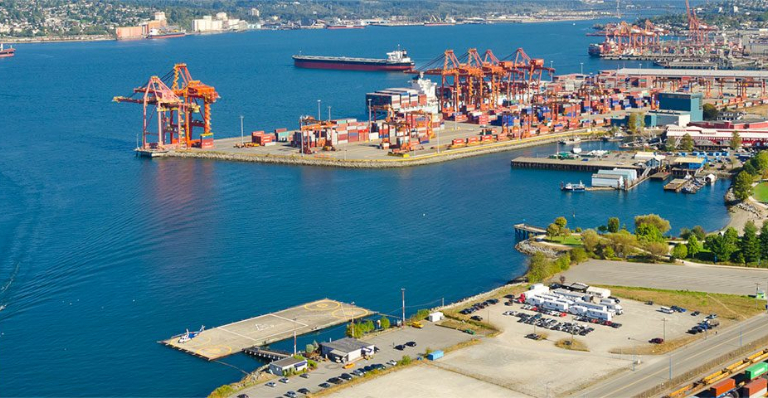Unless you’ve been hiding down in a deep, dark hole, you’ve probably seen something about trade agreements in the news. NAFTA, CETA…ring any bells?
International trade has come under fire lately and the benefits of global trade agreements are being questioned.
Beginning with the global financial crisis starting in 2007—which resulted in rising unemployment and slow economic growth in many countries around the world— protectionism sentiment started rearing its ugly head in various jurisdictions around the globe. This kind of thinking is short sighted and dangerous.
Historically, Canada has been a trading nation. From our very founding, our entire history has been about trade beginning with the coureurs des bois and voyageurs trading beaver pelts to the British.
We’ve come a long way since then, but Canada still enjoys a reputation as a trading nation. And that reputation is justified. We have a lot to offer the world:
- Canada is a safe country to do business with and in.
- Our banking sector is strong and solid.
- We have an abundance of natural resources.
- We have an educated work force.
- We are well positioned geographically to access many markets.
We live in a world where business is now done globally and where supply chains stretch around the world. Nations generally do better and grow faster when they are open to trade and where business can flow freely across borders. Trade agreements are the way countries put in the place the rules that will govern trade among nations; they provide an even playing field and outline the rules of the game so that everyone wins. Free trade agreements have given Canadian companies access to some of the largest markets in the world, both with regards to imports and exports.
When it comes to trade, we cannot talk about exporting without also talking about importing. In Canada, most finished goods today require multiple imports in order to produce a finished product. Free trade agreements serve to address the needs of both importers and exporters.
When it comes to free trade agreements, what we gain as Canadians is less about duty savings and more about market access. While reduced duties are definitely a benefit, the key reason our government pursues trade agreements is to give Canadian businesses preferential access to those markets. And historically, this strategy has worked.
According to a study by the Fraser Institute, in 2015, exports accounted for 31.5% of GDP; this represents a significant increase over the 25% of GDP exports represented before Canada began focusing on developing free trade agreements starting in 1988. Prior to the beginning of the global recession in 2008, exports accounted for 36% of GDP. Imports have also benefitted; in 2015, imports were equal to 33.8% of GDP. Of the total amount of goods imported into Canada, slightly more than 25% are used as inputs into production.
To date Canada has signed and put into force free trade agreements with Chile, Colombia, Costa Rica, Honduras, Israel, Jordan, Panama, Peru, South Korea, Ukraine and of course, North America with NAFTA and the EU with CETA.
Canada has signed the Trans-Pacific Partnership (TPP), but the deal is still being fine-tuned after the withdrawal of the U.S. Additionally, our government is in the process of negotiating or discussing agreements with many other countries, most notably China, the countries in Mercosur, and the Pacific Alliance. The Canadian government has done some tremendous work allowing Canadian businesses to access international markets, but it is up to us, the business community, to take advantage of the work it has done.
Businesses need to take the time to understand and make use of the many trade agreements that are available to us. And we need to learn to use trade agreements other than NAFTA.
The U.S. has long been Canada’s most significant trading partner, and for good reason. They’re right next door, they speak the same language, have many similar business practices and it’s a huge market. Figures from Statistics Canada in 2016 show that three-quarters of Canada’s exports go to the U.S., and two-thirds of our imports come from the U.S.
We have been warned many times about the dangers of putting all our eggs in one basket, first with the financial meltdown in 2007, when Canada was dragged down with the U.S. economy serving as a big wake-up call, and most recently, as we are watching the re-negotiation of NAFTA unfold.
Canadian businesses need to diversify for their own financial benefit, and also for the strength of the Canadian economy as a whole. Because the outcome of the NAFTA re-negotiation is uncertain, this is a good time for Canadian businesses to diversify and take advantage of some of the other free trade agreements Canada has in place. It’s risk mitigation and it’s a smart way to run a business.
-30-
Joy Nott is the President of the Canadian Association of Importers and Exporters (IE Canada), a non-profit organization representing importers and exporters and committed to ensuring that trade regulations, policies and processes allow business to import and export efficiently.







